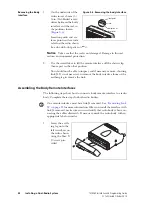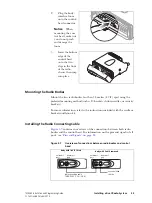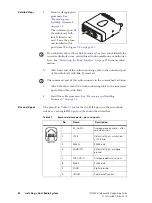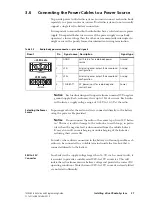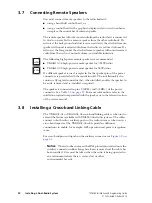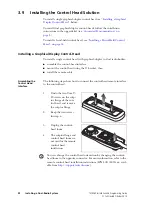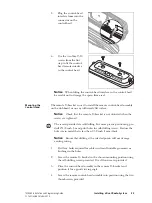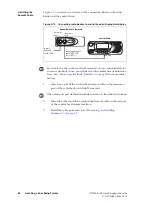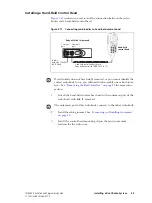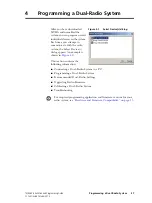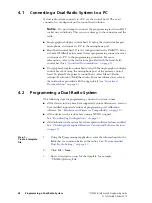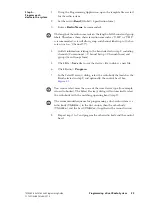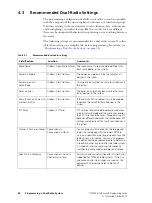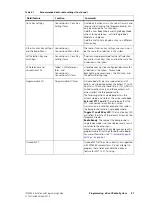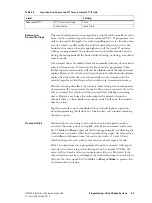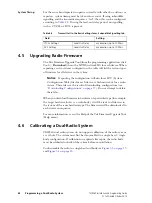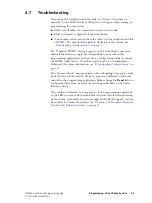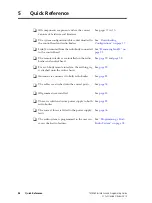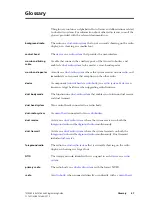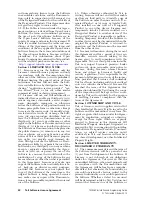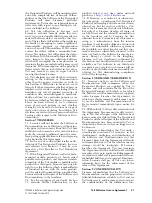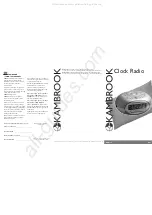
36
Installing a Dual-Radio System
TM8260 Installation and Programming Guide
© Tait Limited
October 2014
3.10
Checking the Installation
Warning
Danger of fire! The radio’s protection mechanisms
rely on the correct fuses on both the negative and positive power
supply leads being present. Failure to fit the correct fuses may
result in fire or damage to the radio.
The correct fuse types are:
■
>25W radios: 20A fuses (Tait IPN 265-00010-81)
■
25W radios: 10A fuses (Tait IPN 265-00010-80)
1.
Insert the fuses into the power leads. The radio will turn on automat-
ically at this point.
2.
Switch the radio off then on again using the front panel control, but
do not transmit.
3.
Connect an in-line power meter between one radio and its antenna.
4.
Transmit and measure the forward and reflected power levels.
Less than 4% of the forward power should be reflected. If this is not
achieved, check the installation, including the antenna length.
5.
Start reducing the length of the antenna in steps of 0.1 inches to
0.2 inches (2 to 5 mm). Measure the power levels at each step.
Notice
Some antennas are pre-tuned and must not be cut. Check with
the manufacturers’ instructions.
6.
Once the reflected power levels are within tolerance, repeat steps 3, 4
and 5 for the second radio.
7.
Test the dual-radio functions.
■
Compare the receive functions (such as sensitivity) of one radio,
while the other radio is and is not transmitting. Ensure there is no
significant difference.
■
Compare the transmit functions (such as coverage) of one radio,
while the other radio is and is not transmitting.
■
Test all other functions, such as dual-receive and cross-band
repeater operation. Check that those functions operate as
expected.
If issues are found, move the radio bodies and/or antennas further
apart and re-test.
>25W
25W

